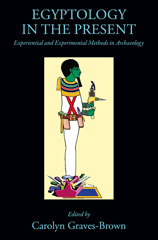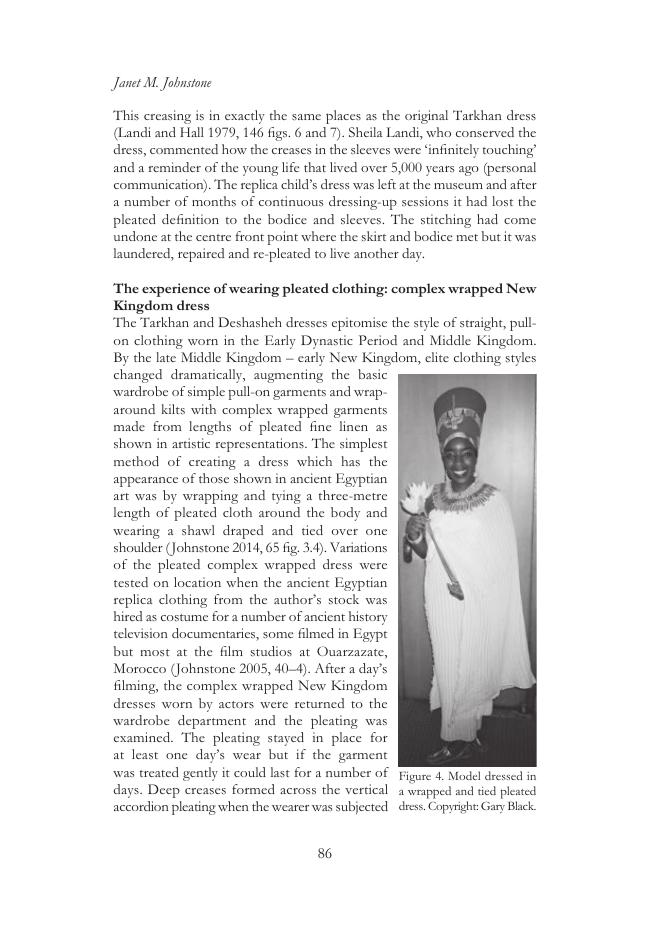Egyptology in the Present : Experiential and Experimental Methods in Archaeology
280 p.
This volume builds bridges between usually-separate social groups, between different methodologies and even between disciplines. It is the result of an innovative conference held at Swansea University in 2010, which brought together leading craftspeople and academics to explore the all-too-often opposed practices of experimental and experiential archaeology. The focus is upon Egyptology, but the volume has a wider importance. The experimental method is privileged in academic institutions and thus perhaps is subject to clear definitions. It tends to be associated with the scientific and technological. In opposition, the experiential is more rarely defined and is usually associated with schoolchildren, museums and heritage centres; it is often criticised for being unscientific. The introductory chapter of this volume examines the development of these traditionally-assumed differences, giving for the first time a critical and careful definition of the experiential in relation to the experimental. The two are see
n as points on a continuum with much common ground. This claim is borne out by succeeding chapters, which cover such topics as textiles, woodworking and stoneworking. And Salima Ikram, Professor of Egyptology at the American University in Cairo, here demonstrates remarkably that our understanding of the classic Egyptian funerary practice of mummification benefits from both 'scientific' experimental and sensual experiential approaches. The volume, however, is important not only for Egyptology but for archaeological method more generally. The papers illuminate the pioneering of individuals who founded modern archaeological practice. Several papers are truly groundbreaking and deserve to circulate far beyond Egyptology. Thus the archaeologist Marquardt Lund tackles the problem of understanding the earliest known depictions of flint knife manufacture, those from an Egyptian tomb dated around 1900 BC. He shows the importance of thinking outside 'traditional', i.e. modern, knapping practice. Lund's knapping method,
guided by the tomb depictions, is surprising but effective, and very different from that presented in manuals of lithic technology or taught in academic institutions. [Publisher's text].
Special access authorizations may apply; please contact us for further information.
-
Information
ISBN: 9781910589090
DISCIPLINES



